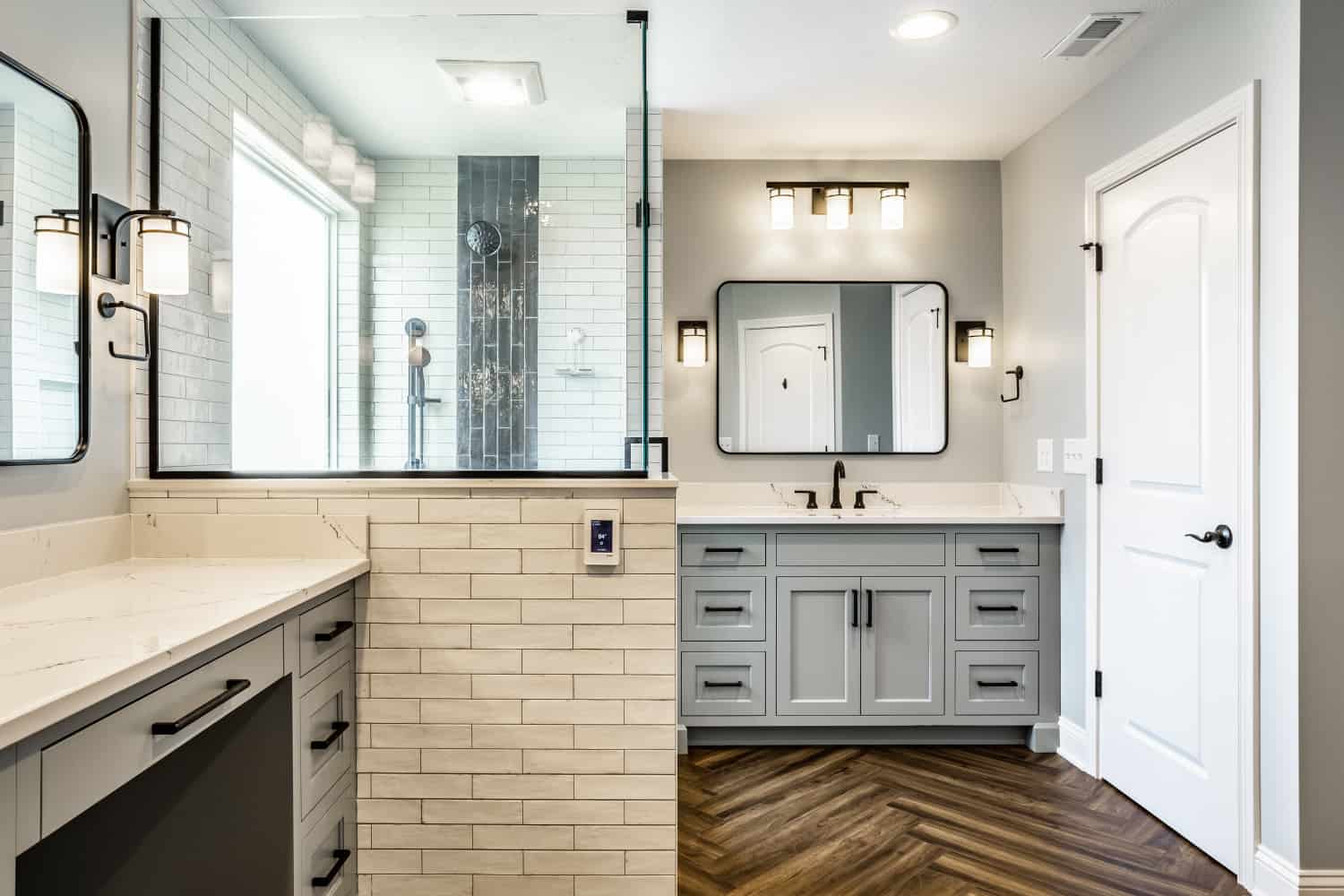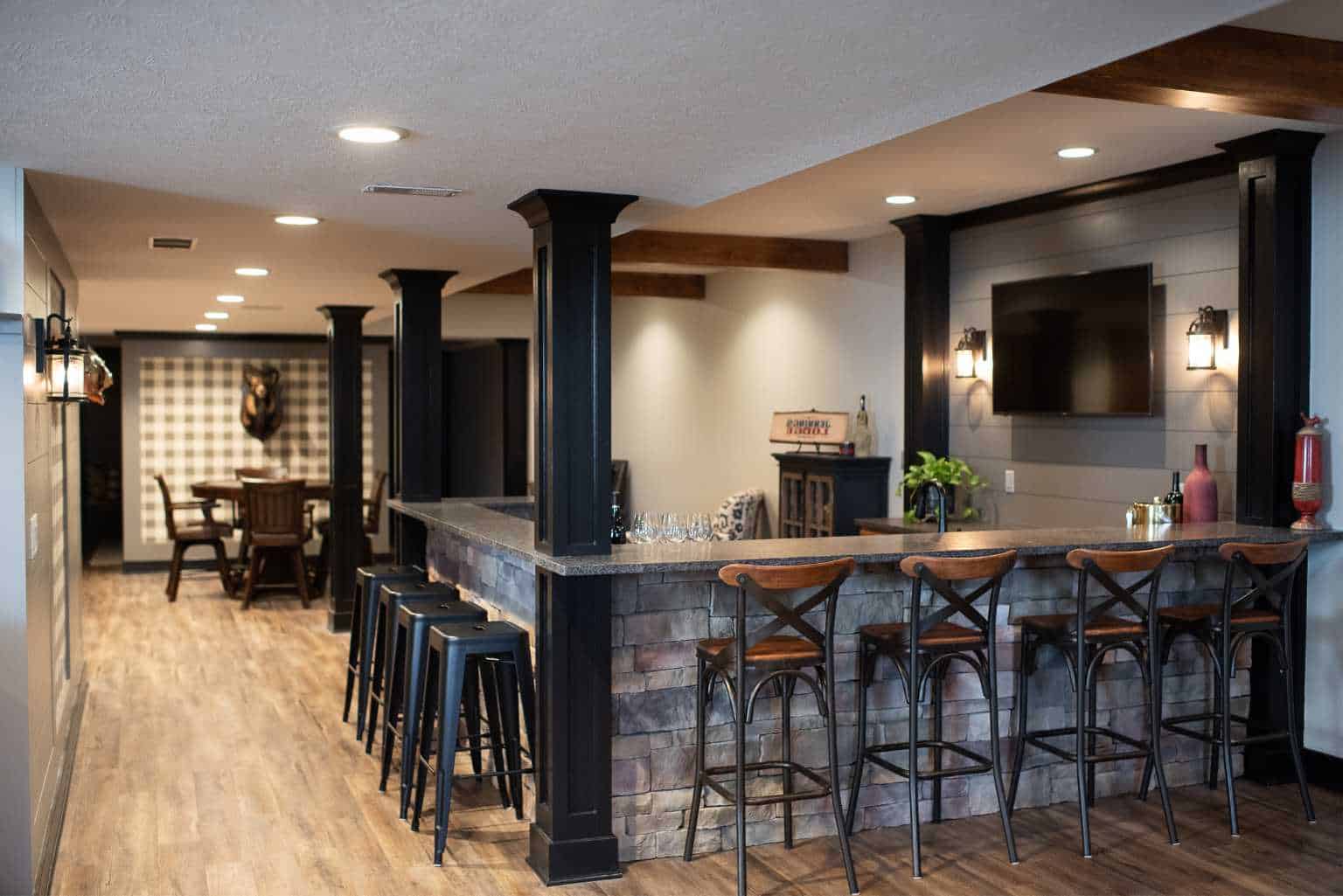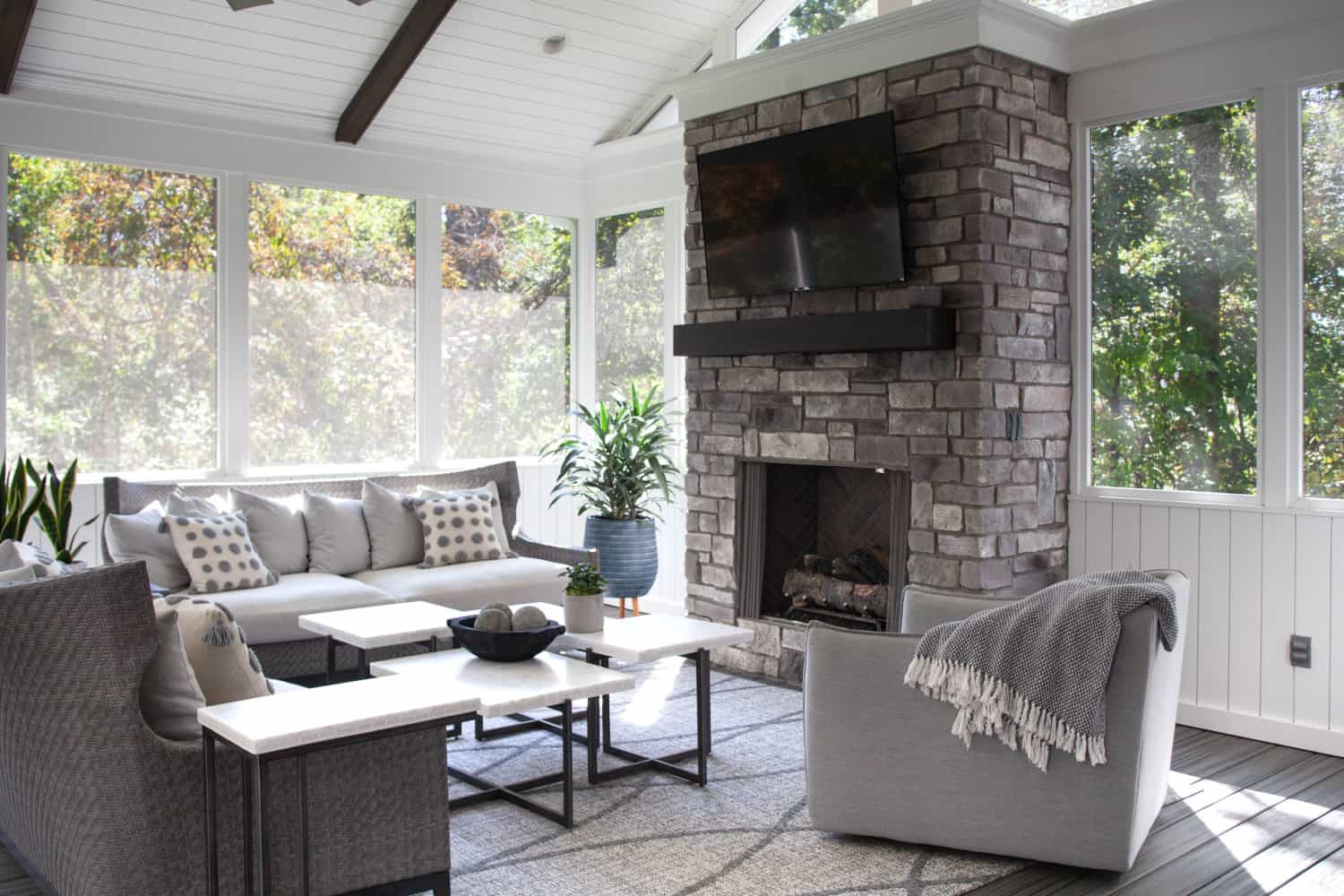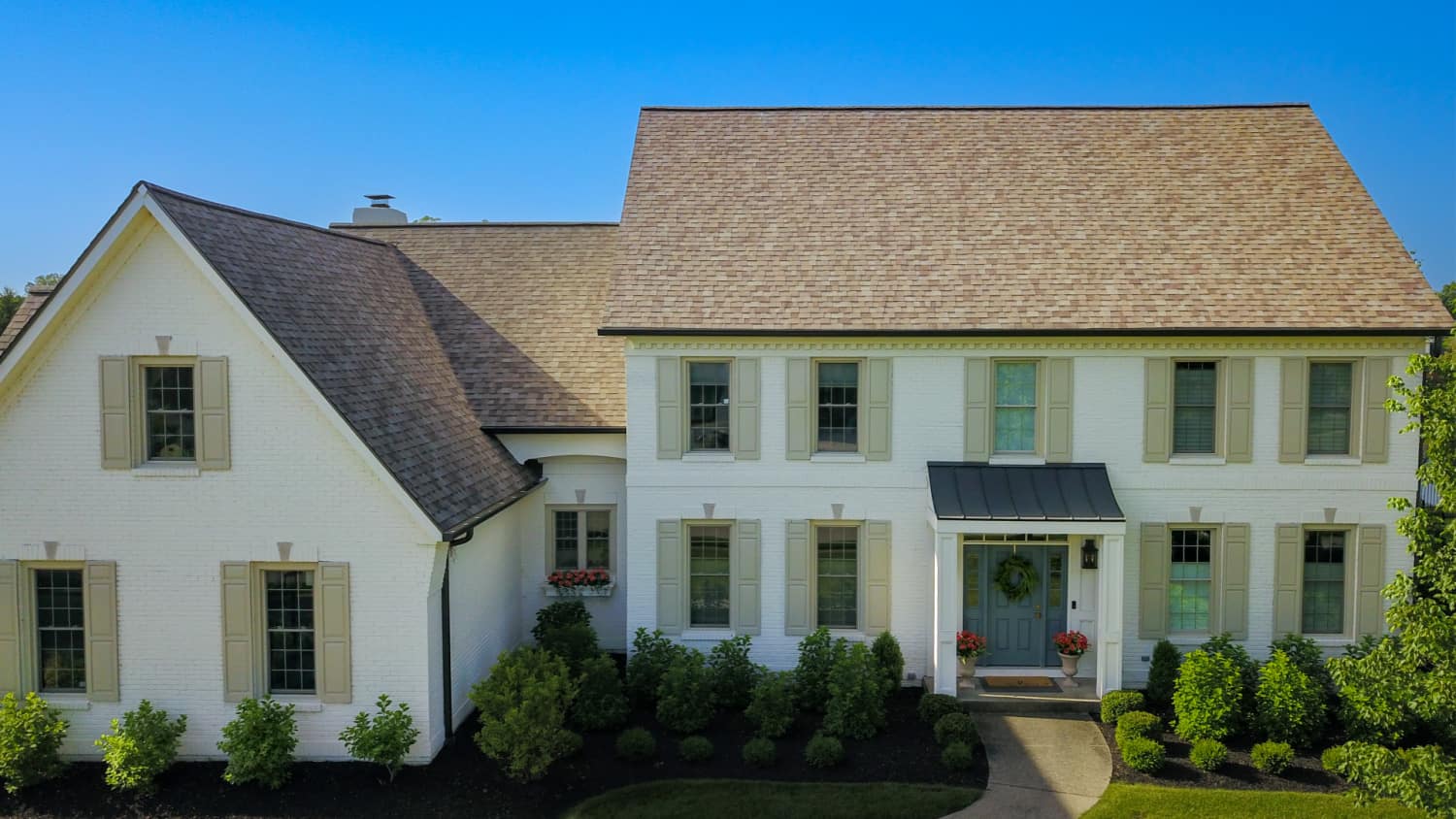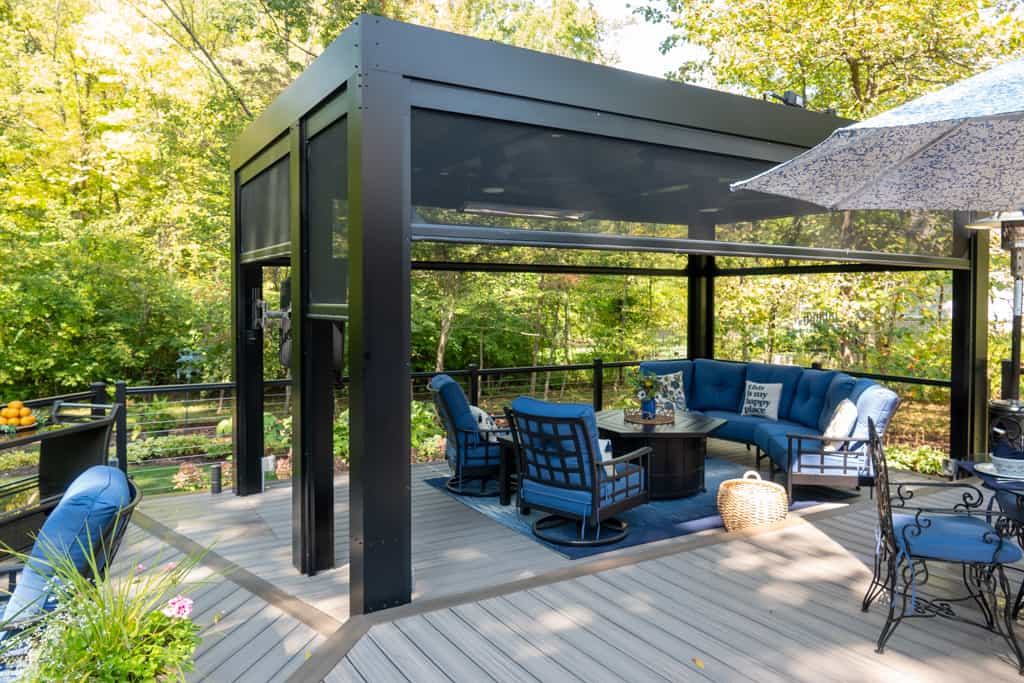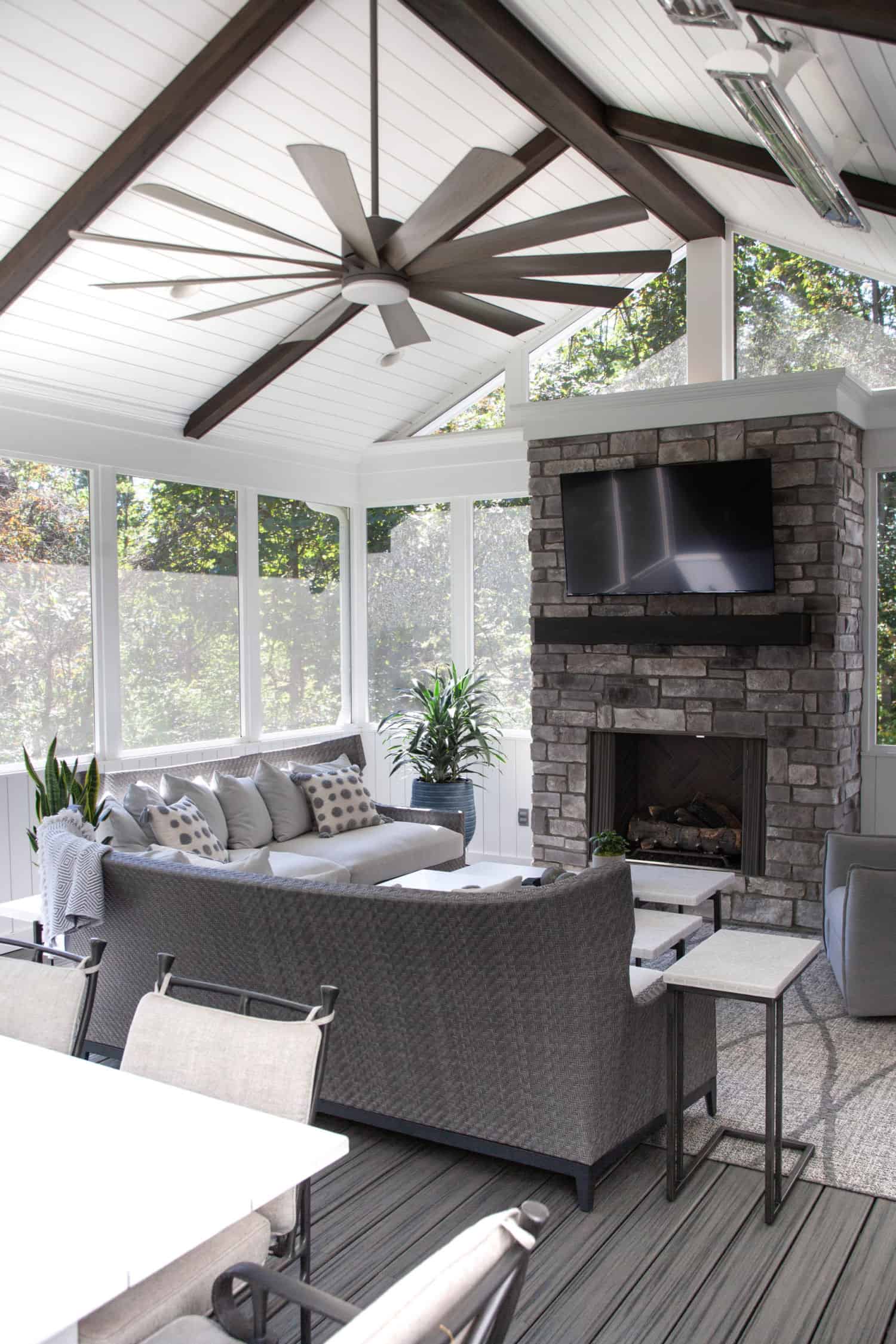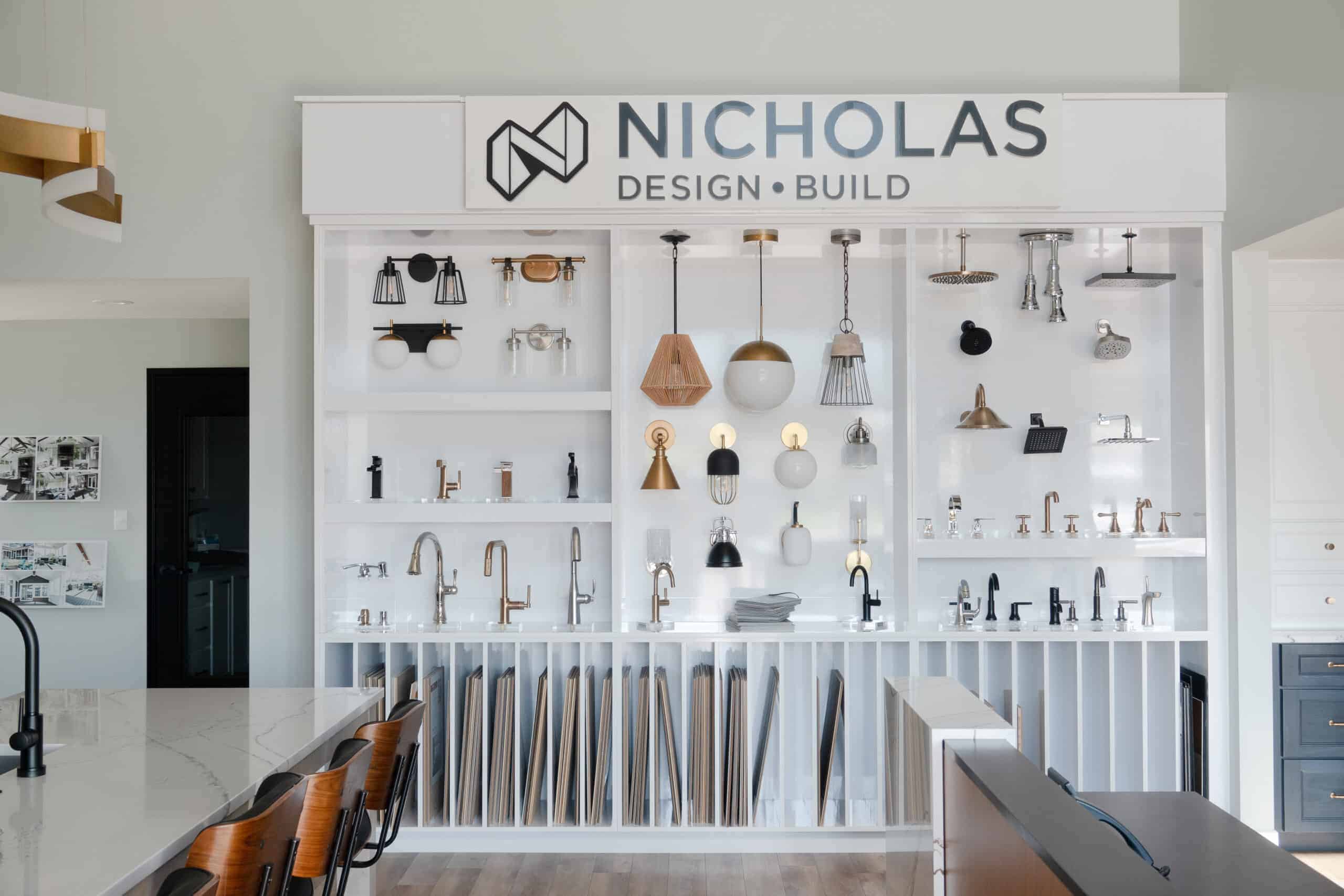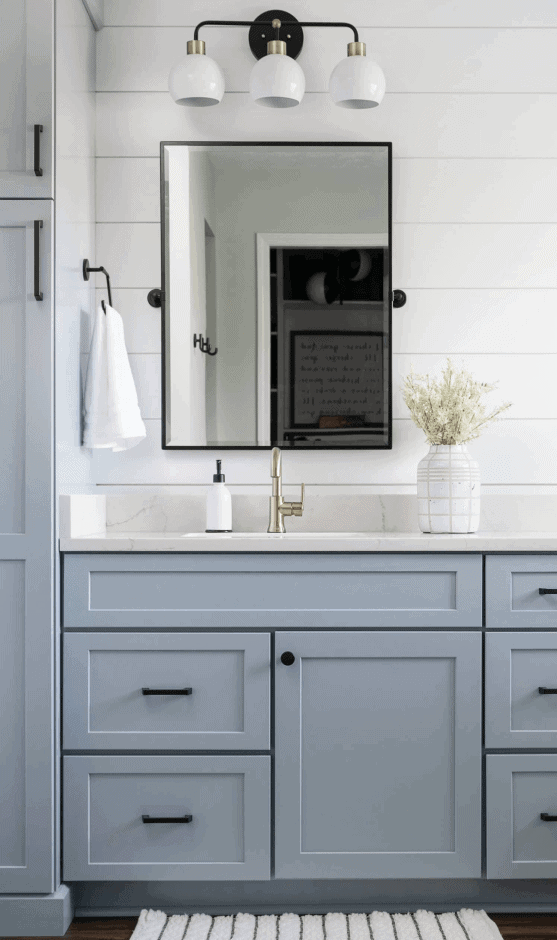The bathroom is often considered a sanctuary within the home—a space for relaxation, rejuvenation, and self-care. As such, it’s essential that this space aligns with your aesthetic preferences and functional needs. If you’re contemplating a bathroom renovation, one of the most significant decisions you’ll face is replacing an old tub with a shower. While the idea may seem daunting, understanding the cost implications and benefits can help you make an informed decision. In this blog post, we’ll explore the factors influencing the cost of this transformation and how to navigate the process effectively.
Factors Influencing the Cost of Replacing an Old Tub
Type of Shower
The first consideration is the type of shower you envision for your space. Prefabricated shower stalls are generally more budget-friendly and offer a quicker installation process. On the other hand, custom-tiled showers provide a personalized touch but come with a higher price tag due to the labor and materials involved. Additionally, if you’re considering a luxurious walk-in shower with multiple features like built-in benches or niches, expect the cost to increase accordingly.
Materials
The materials you choose will significantly impact the overall cost of your bathroom renovation. From the shower pan and wall tiles to fixtures and doors, every element contributes to the final price. Opting for high-quality, durable materials may require a more substantial upfront investment but can offer long-term value and aesthetic appeal.
Labor Costs
Labor costs can vary widely depending on your location and the complexity of the project. Installing a custom-tiled shower or addressing underlying plumbing issues will likely require more extensive labor, thereby increasing the overall cost. It’s essential to obtain multiple quotes from reputable contractors to ensure you’re getting a fair price for the work.
Additional Work
Unexpected challenges can arise during the renovation process, such as underlying plumbing issues or structural modifications. Addressing these issues may incur additional costs, so it’s crucial to budget accordingly and factor in some flexibility for unforeseen expenses.
Location and Regulations
Geographic location can also influence the cost of your bathroom renovation. Differences in labor rates, material costs, and local building codes can impact the overall price. Additionally, depending on your jurisdiction, you may need to obtain permits for the renovation, adding another layer of complexity and cost.
Making an Informed Decision Before Replacing an Old Tub
Before embarking on a tub-to-shower conversion, it’s essential to weigh the pros and cons and consider your specific needs and preferences. While cost is undoubtedly a significant factor, it’s equally important to prioritize functionality, comfort, and aesthetic appeal. Click here to read some important questions you should ask yourself before replacing an old tub. Consulting with a professional designer or contractor can provide valuable insights and help you create a space that aligns with your vision and budget.

